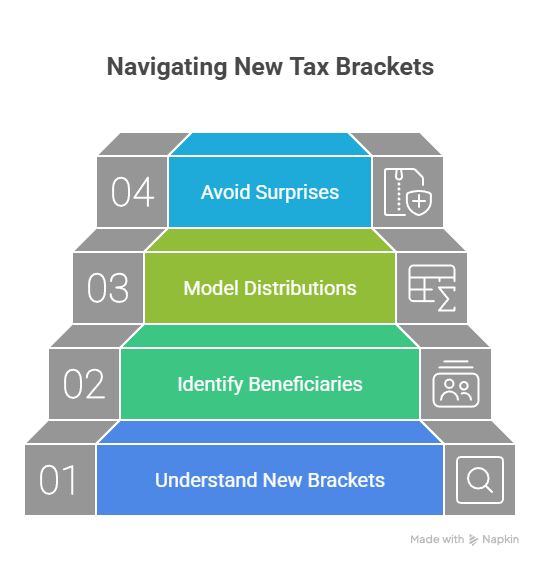Search interest in “Australia family trust tax reform” reflects two real trends: (1) updated ATO compliance guidance on trust distributions, and (2) changes to personal tax rates from 1 July 2024 that influence after-tax outcomes for beneficiaries. There hasn’t been a single, sweeping “family trust reform” law recently, but these developments shape planning in practical ways.

ATO’s section 100A compliance approach
The most significant recent development is the ATO’s practical compliance guideline PCG 2022/2, which sets out its approach to section 100A—an anti-avoidance rule targeting “reimbursement agreements”. The guideline describes risk zones (low to high) and the documentation the ATO expects for family dealings. If you distribute income to an adult but the economic benefit is enjoyed by someone else, review this guidance carefully and document commercial reasons.
Family Trust Elections (FTE) still matter
An FTE can access specific concessions (for example, loss tracing, franking-credit integrity under the holding-period rules) but tightens who you can distribute to without incurring Family Trust Distribution Tax (FTDT). The ATO’s instructions outline how to make, vary or revoke an FTE and the implications for your “family group” (see How to make a family trust election and Family trusts). Australian Taxation Office+1

Individual tax cuts change distribution maths
From 1 July 2024, the Government’s legislated tax cuts reshaped brackets and rates. For many families, that alters which beneficiaries can receive more trust income before stepping up a bracket. Refresh your distribution modelling against the new thresholds to avoid surprises (see Treasury’s 2024–25 tax cuts overview).
What hasn’t changed
- Division 6AA still imposes higher rates on most unearned income to minors (excepted income aside), limiting the value of streaming to children under 18. The ATO’s trustee instructions remain your reference.
- Trusts still need their own TFN, and ABN if carrying on an enterprise, and must lodge returns and keep valid minutes for beneficiary present entitlements.
Practical next steps for 30 June
- Update your estimates using the new personal rates; compare scenarios across adult beneficiaries.
- Document commercial purpose where family members benefit indirectly, with contemporaneous notes and bank evidence—aligned to PCG 2022/2.
- Reconfirm your family group if you’ve made an FTE, and check any interposed entity elections before distributing outside the core group.
- Minute resolutions on time, per your deed, and retain source records for dividends, gains and external trust distributions.
For a structured setup and maintenance checklist, see TTS & Associates’ How to Set Up a Trust in Australia.
General information only – seek professional advice before acting.




